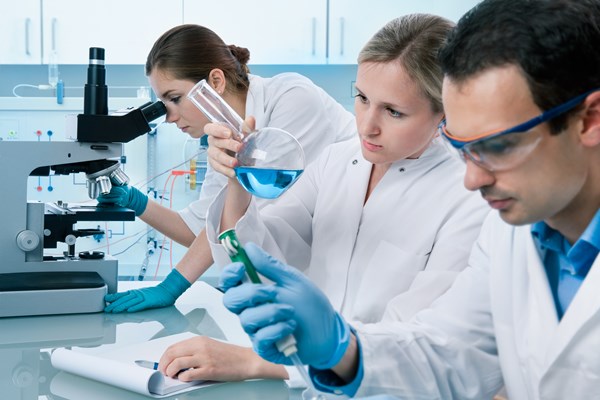TORONTO, May 26, 2014 (GLOBE NEWSWIRE) -- Beyond the obvious pain and suffering caused by preventable injuries and deaths, many people don't connect these personal misfortunes with the immense burden on societal, economic and environmental sustainability. In reality, these tragedies have radical effects on all aspects of sustainability.
For example, reports indicate that fatal accidents have profound economic implications: an accidental death in a workplace, home or motor vehicle results in millions of dollars in medical expenses, wage and productivity losses, property damage, and other related costs. So we wind up using limited financial resources to compensate for losses rather than investing in productive activities that could promote the long-term sustainability of our society, our economy and our environment.
So … what does this have to do with plastics? Innovations in plastics play indispensable roles in helping reduce preventable injuries and deaths. Numerous health, medical and safety tools made possible by plastics contribute significantly to our safety, which enables us to be more productive and live longer, healthier, more fulfilling lives. These innovations also contribute to sustainability by reducing the negative impacts of injuries and death on our families, society, the economy and the environment.
Here are some examples of plastics that contribute to safety—and sustainability:
Transportation
- Plastics make possible many of the safety features in today's automobiles that help protect us from injuries and deaths, such as air bags, seatbelts, crumple zones, shatter-resistant windshields, plastic foam structural components, child safety seats and more.
- New innovations continue to improve safety. For example, polystyrene plastic foam "soft walls" used on NASCAR racetracks to soften the blow during a crash soon will be helping protect everyday drivers on our highways. And a new safety device called the MDZ Shield, made with polyurethane plastic, helps prevents our kids from becoming trapped under the rear wheels of school buses.
Medical
- Plastics make possible many of the life-saving health and medical innovations we rely on today. Two basic advances alone—sterile plastic packaging and disposable medical items—have helped prevent countless infections, one of the world's leading causes of death.
- New bacteria-resistant plastics have enormous potential to improve safety—used as coatings on medical instruments and other hospital surfaces, these plastics can help stem the spread of infection.
- High-tech carbon fibre-reinforced plastics have enabled a new generation of extremely strong, lightweight prosthetic limbs to help more and more of us remain mobile, while 3-D printing with plastics now allows prosthetics to be custom fit to a patient's body.
Safety in the Home
- Innovations in plastics—smoke detectors, electric outlet covers, stairway gates, shatter resistant cooking and tableware, and more—today help protect us and our little ones in our homes.
- Modern building products made with plastics help make our homes more fire-resistant. For example, fires often begin on wood decks where we grill and entertain—plastic composite lumber is less flammable and helps prevent the spread of flames.
Food Safety
- Millions of people get sick, thousands are hospitalized, and some even die due to food borne disease. By reducing spoilage and contamination, plastic packaging helps improve food safety—and helps reduce our food waste and its impact on our environment, economy and society.
- Innovations in plastic packaging continue to contribute to food safety. For example, new "active packaging" can prolong the shelf life of food due to a specially developed plastic that slows the growth of bacteria, which helps protect us while also reducing food waste. And researchers are developing a plastic film that changes colour when exposed to a chemical released by rotting food—the film can be incorporated into packaging for meat and fish to alert us to safety concerns.
Many of these innovations have become widely distributed over the years, helping billions of people avoid preventable injuries and deaths and lead more productive lives. Continued innovations—such as dissolvable plastic heart stents and plastic body parts made with 3-D printers—can contribute even further to more productive lives and societal, economic and environmental sustainability.
Today's intelligent plastics are vital to the modern world. These materials enhance our lifestyles, our economy and the environment. For more information visit www.intelligentplastics.ca.
A photo accompanying this release is available at:
http://www.globenewswire.com/newsroom/prs/?pkgid=25555
